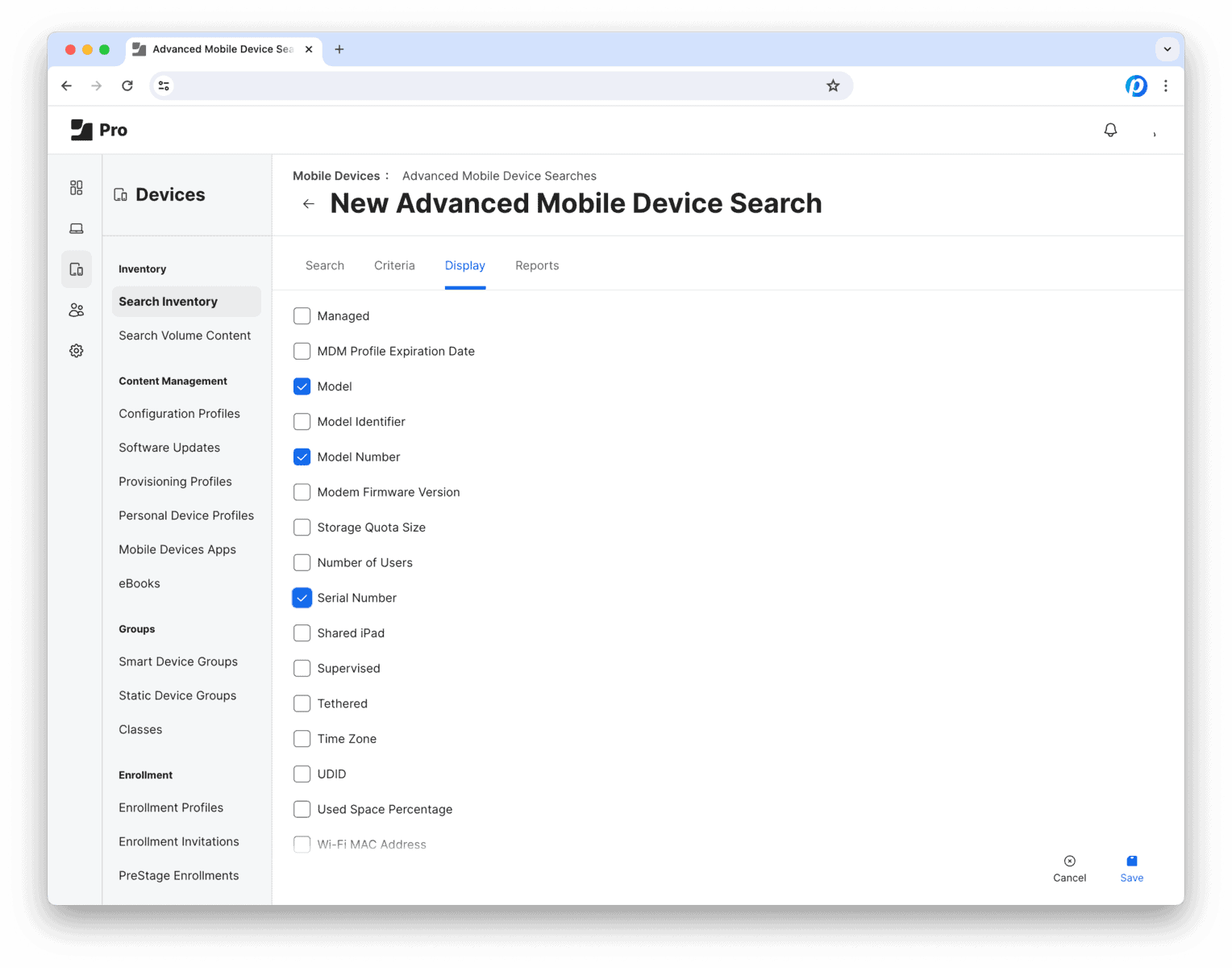There are currently over 3.5 billion smartphone users worldwide – a number that continues to grow as new device models are released. The volume of older devices represents tons of environmentally-unfriendly waste. To reduce the impact on the environment, trade-in programs provide opportunities to recycle or refurbish and resell older units, further extending the utility of the materials used to make them.
As a trade-in service provider, Phobio processes millions of device trade-ins each year. So, what happens to these devices after they are traded-in? Let’s take a closer look:
Resold
Mobile phones that are in good condition can be cleaned, buffed, and resold to carriers and insurance companies. Around the world, the average phone is resold up to three times during its lifecycle before it’s recycled.
Refurbished
Damaged phones in working condition can be refurbished for reuse. Cracked screens and other physical phone damage can be repaired, and the device can be resold for less than retail value. The refurbished mobile phone market is growing quickly thanks to device trade-ins – used smartphone shipments will reach 332.9 million units in 2023, according to IDC.
Recycled
If a mobile phone is no longer working and cannot be refurbished, it will be recycled. If any of the device’s internal or external parts still function, they can be removed prior to recycling and reused by manufacturers. According to the EPA, for every million cell phones recycled, 35 thousand pounds of copper, 772 pounds of silver, 75 pounds of gold and 33 pounds of palladium can be recovered.

Doing Our Part on Earth Day, and Every Day
Each year, Phobio prevents over 500 metric tons of electronic waste from entering landfills and reduces the mining of precious natural resources. This includes reselling, refurbishing and recycling all types of devices, from smartphones to monitors.
Environmentally-conscious, Phobio will continue to partner with carriers, device manufacturers, and consumer electronics companies to orchestrate the second life of smartphones, tablets, laptops, desktops, and other devices.








